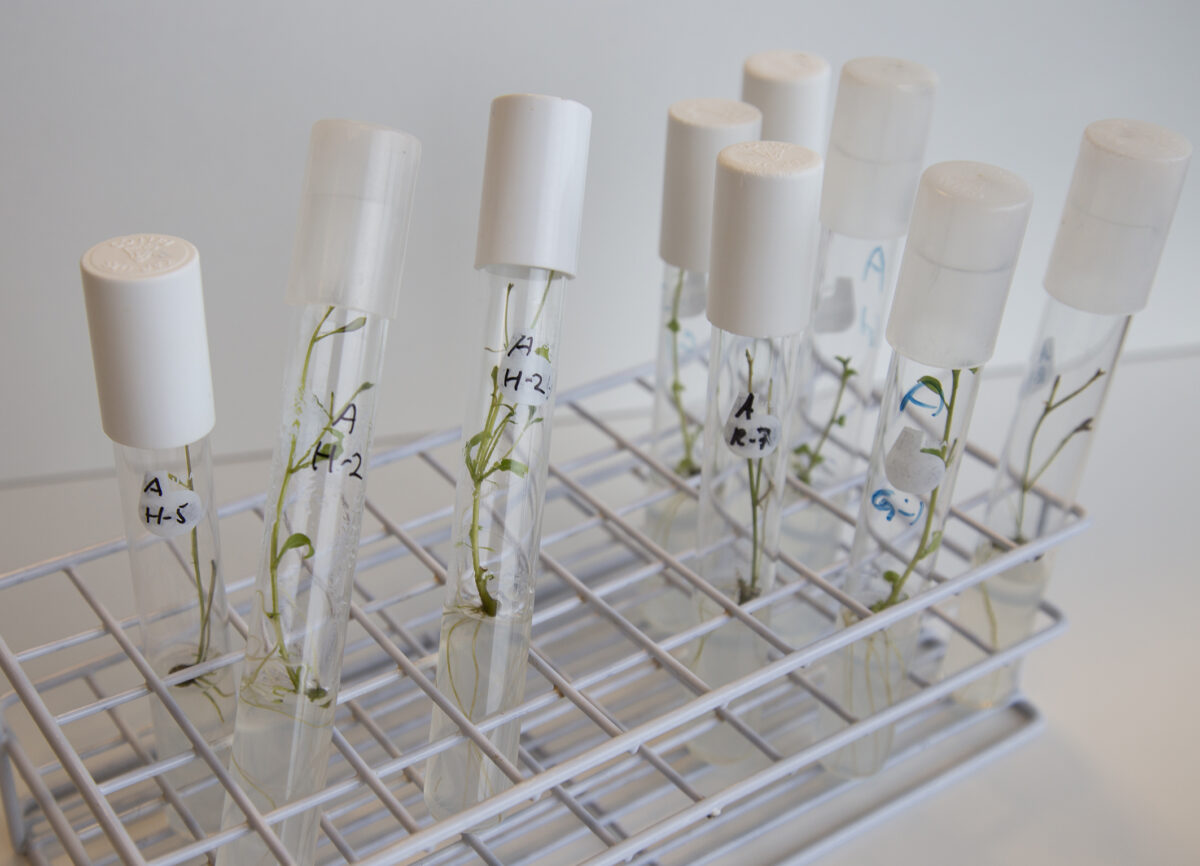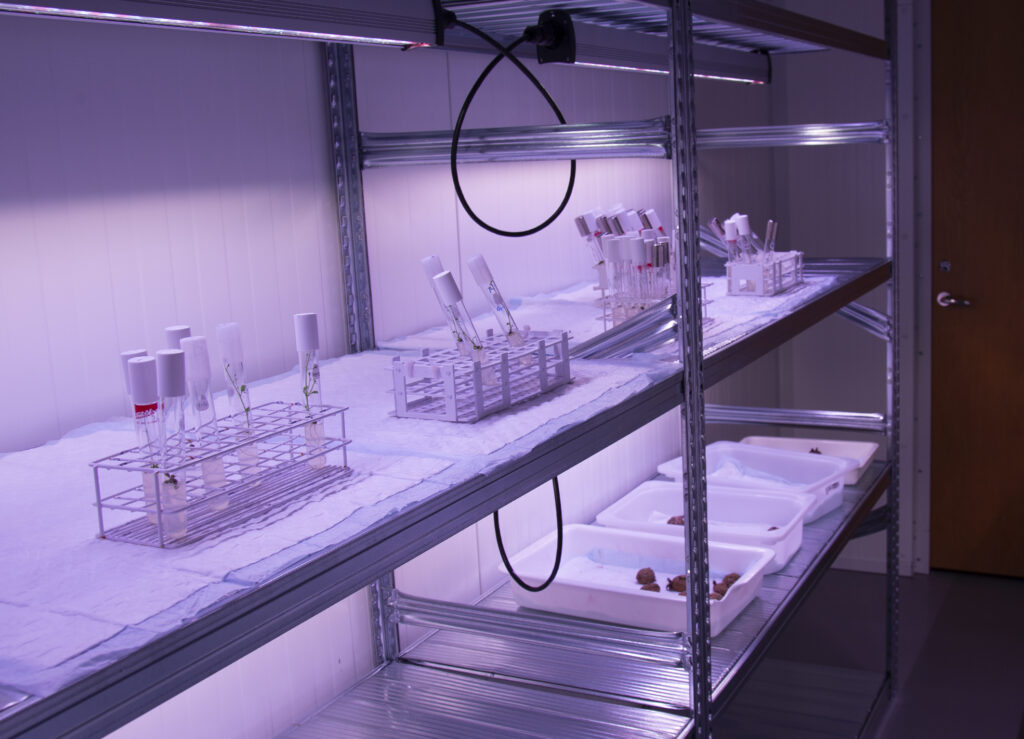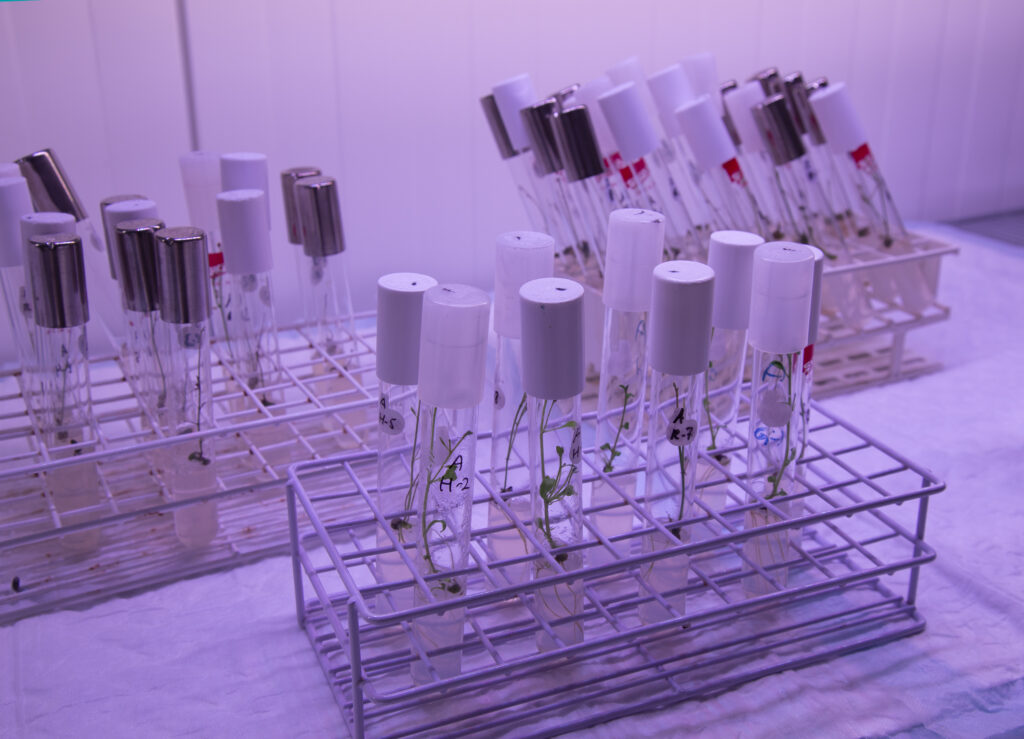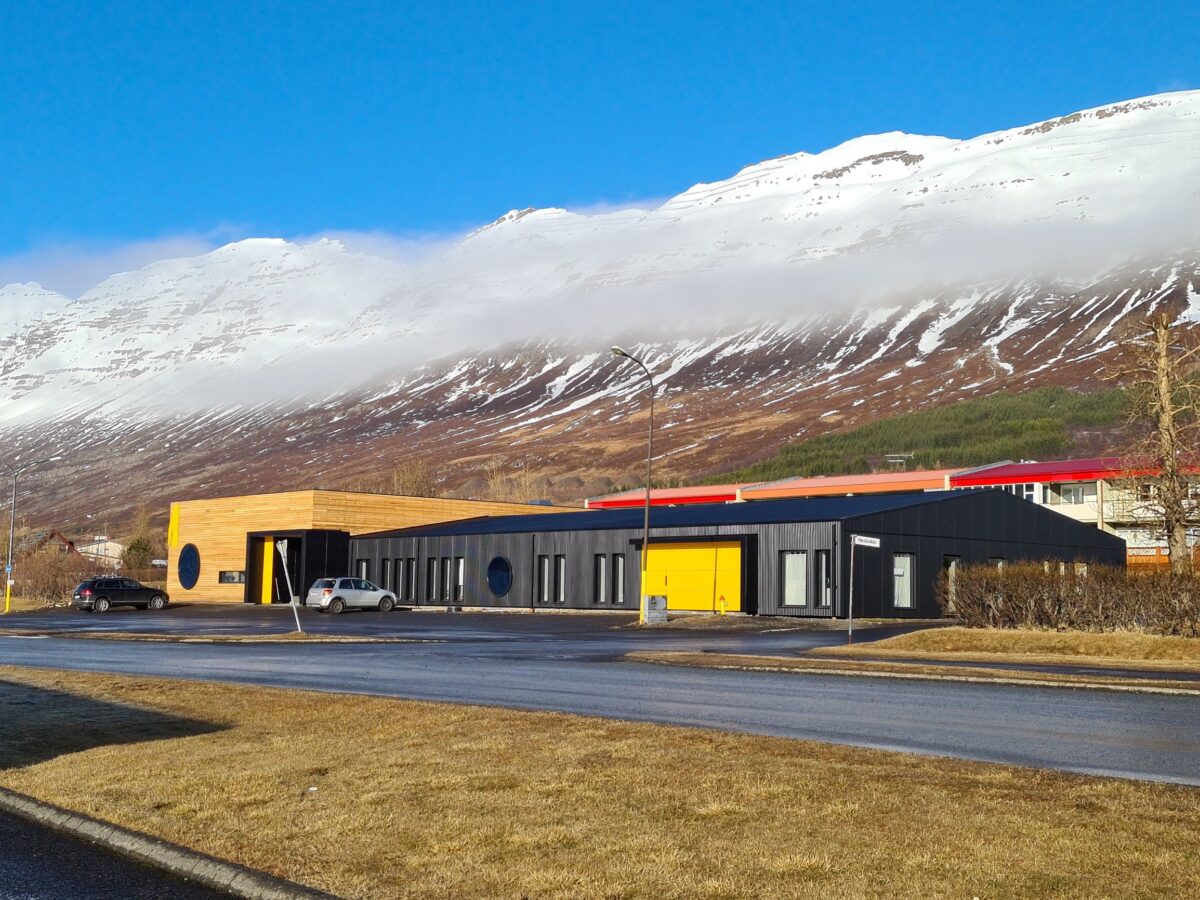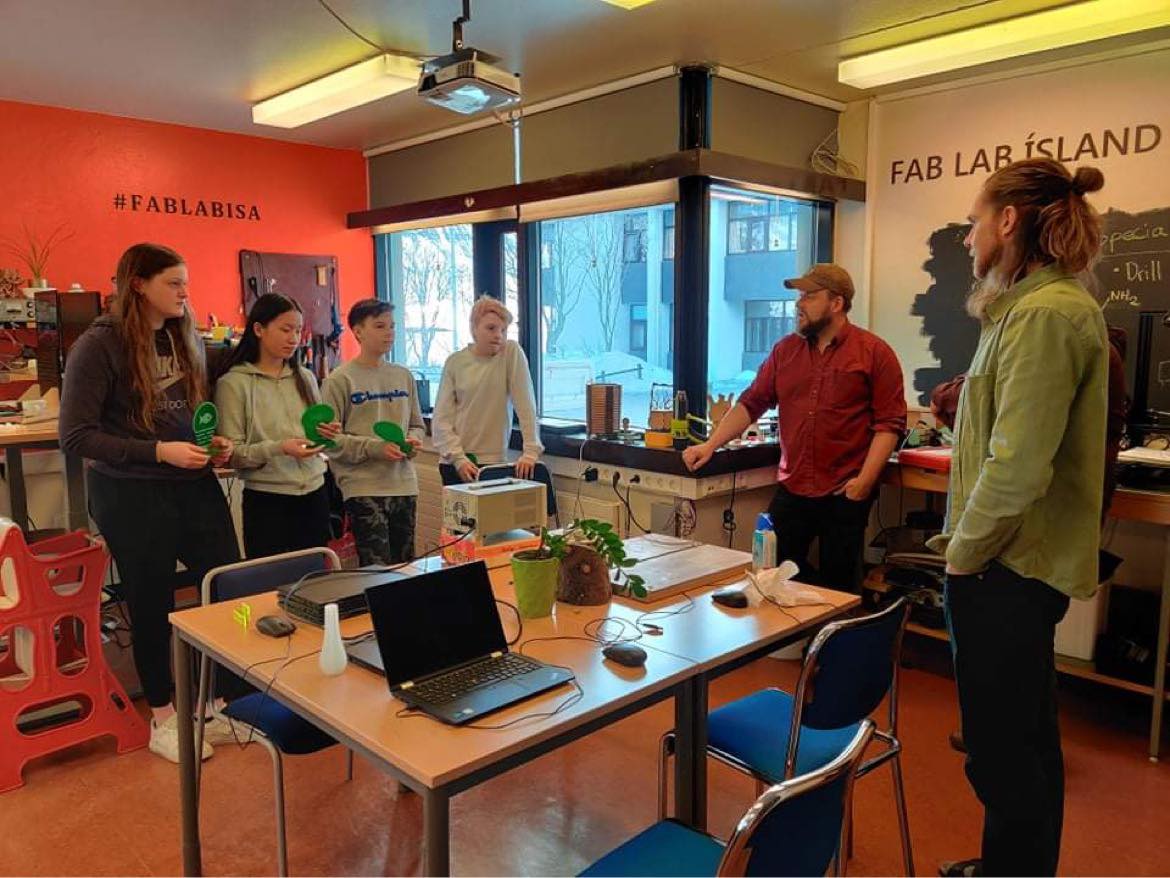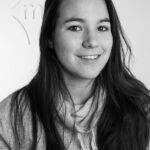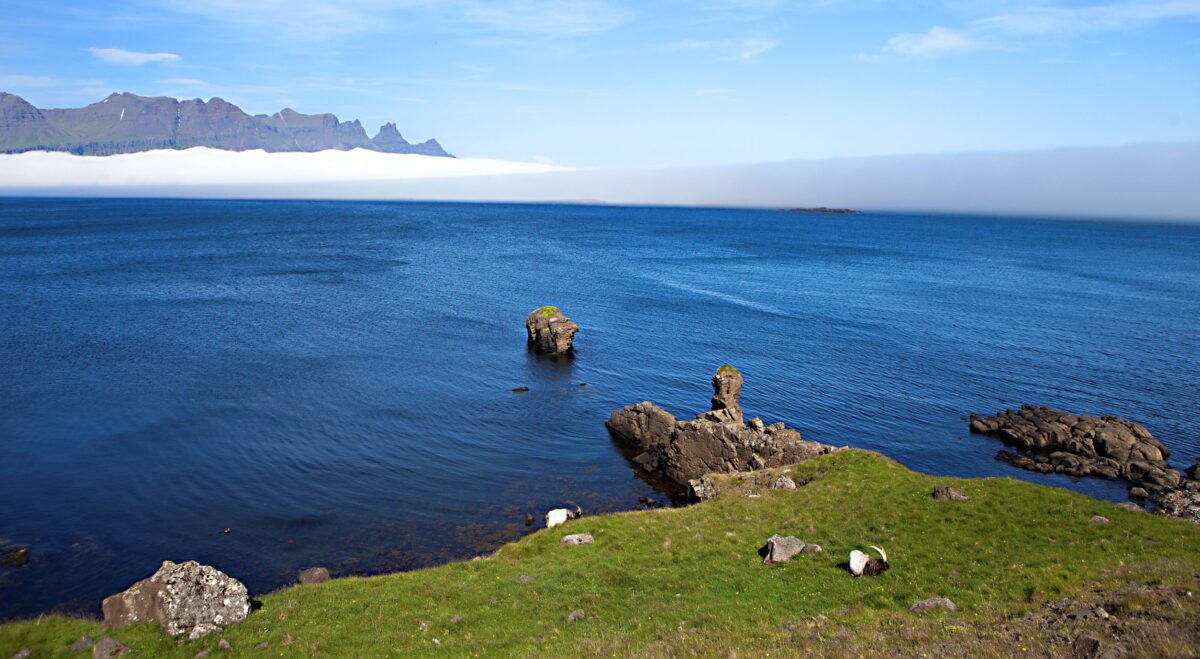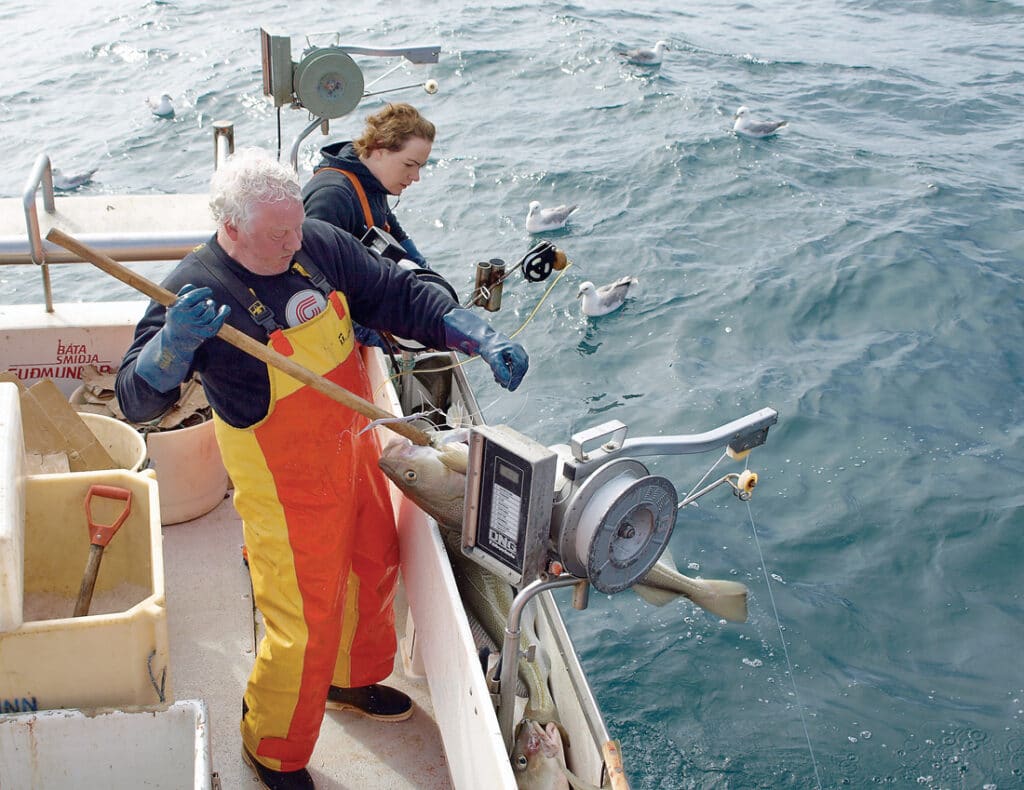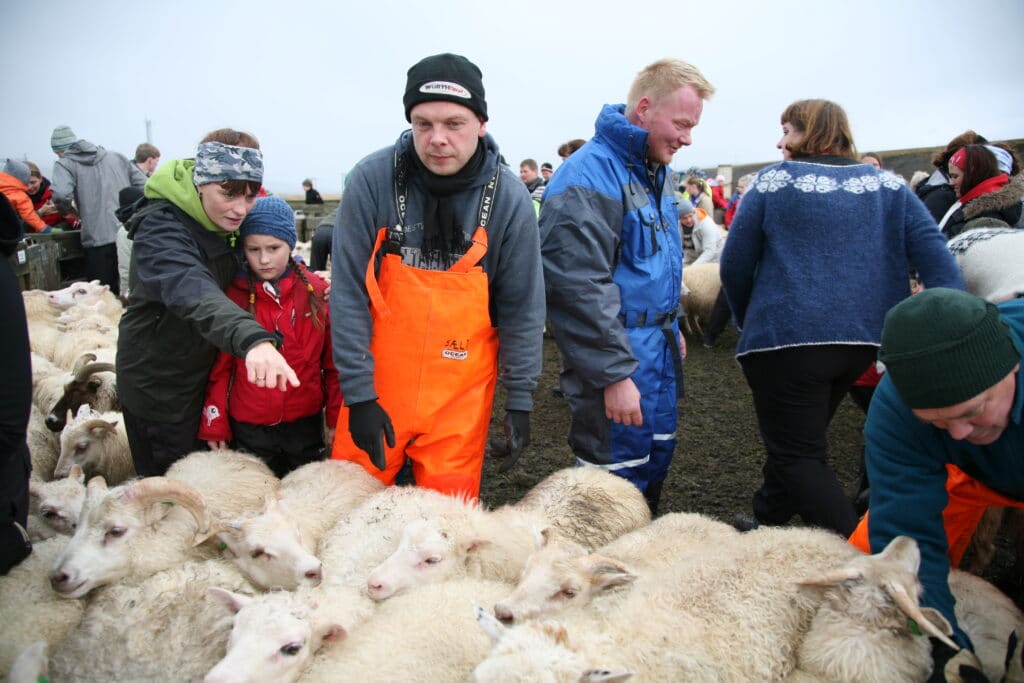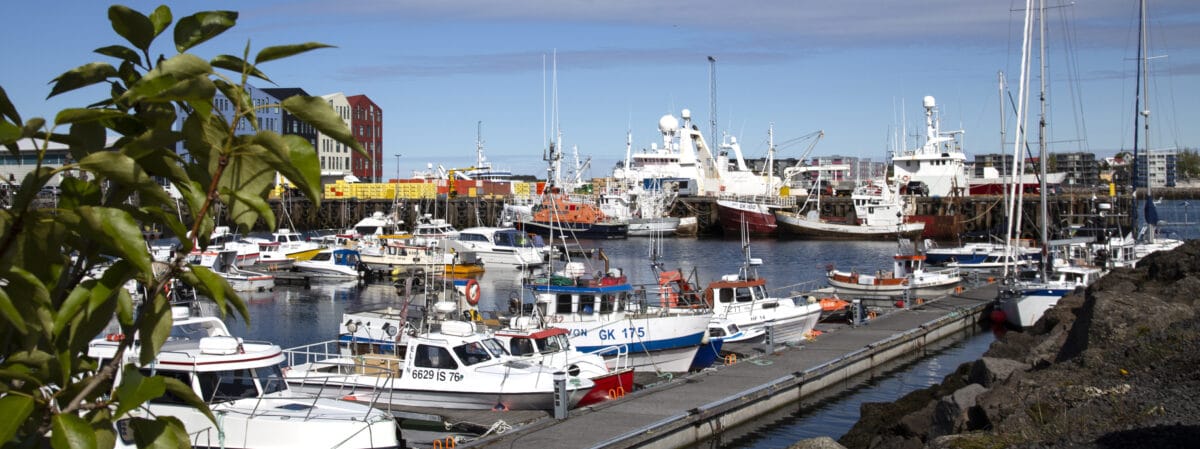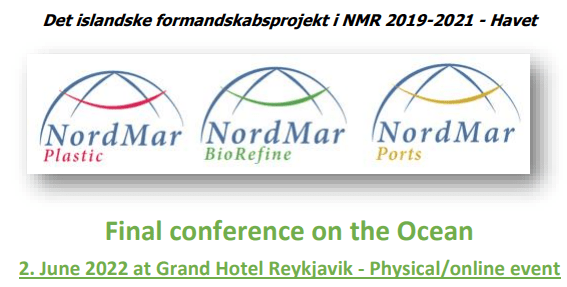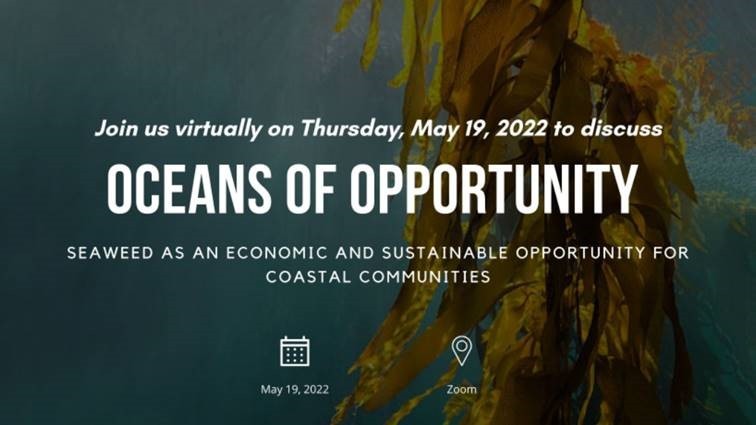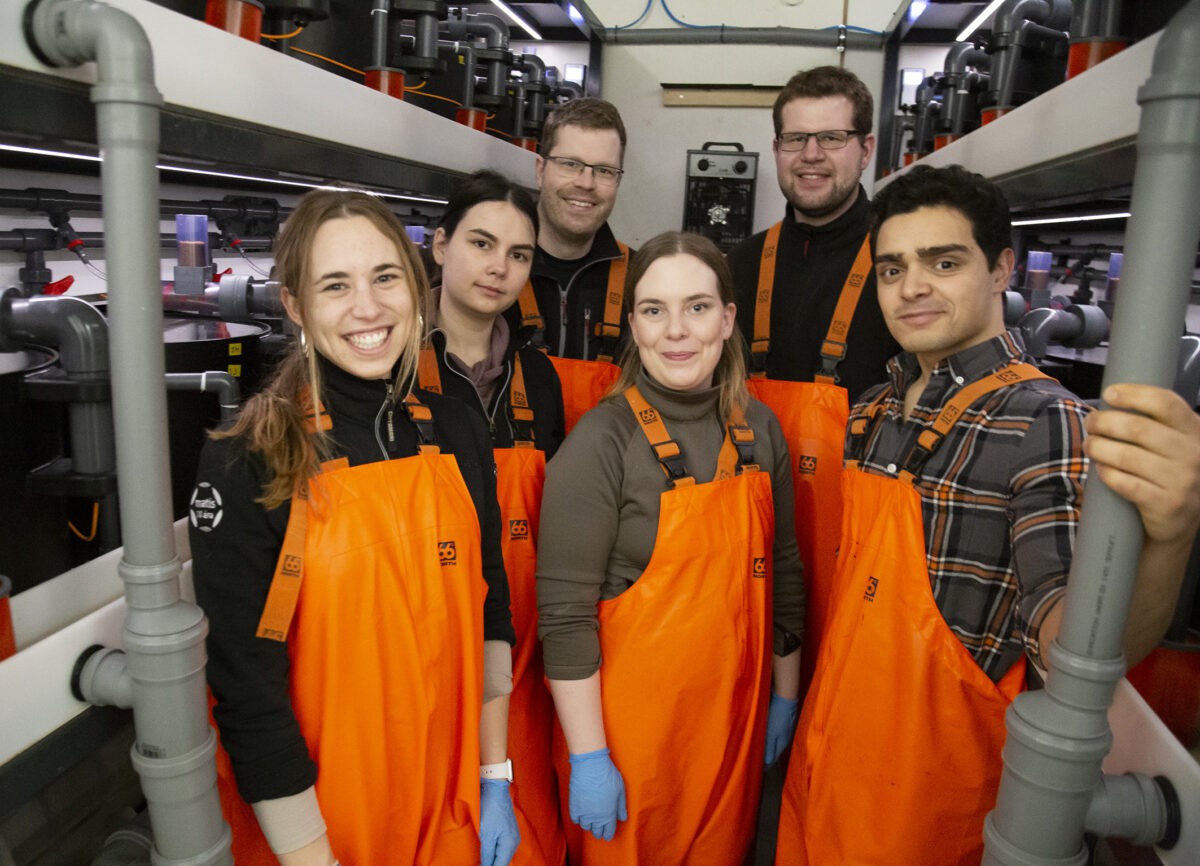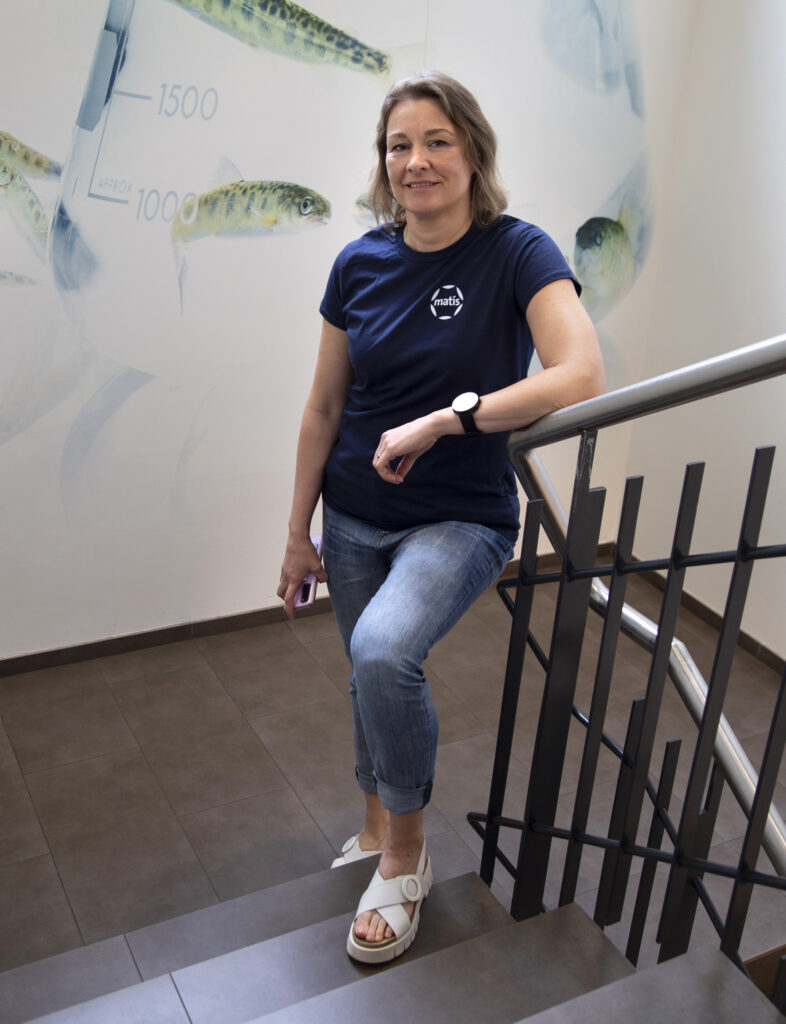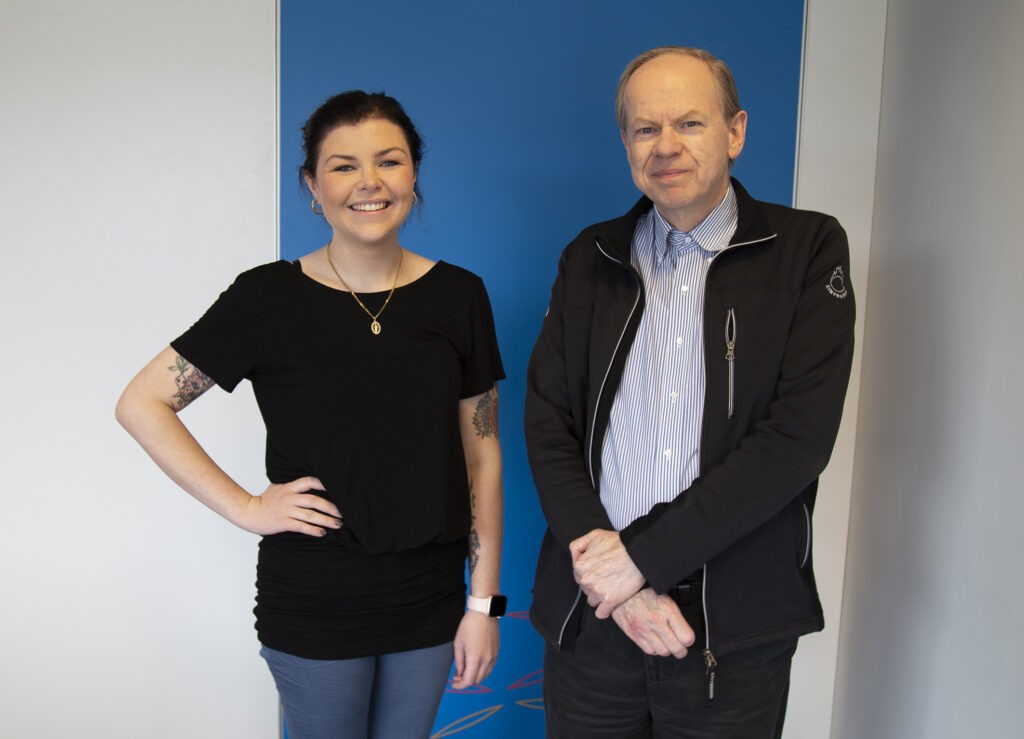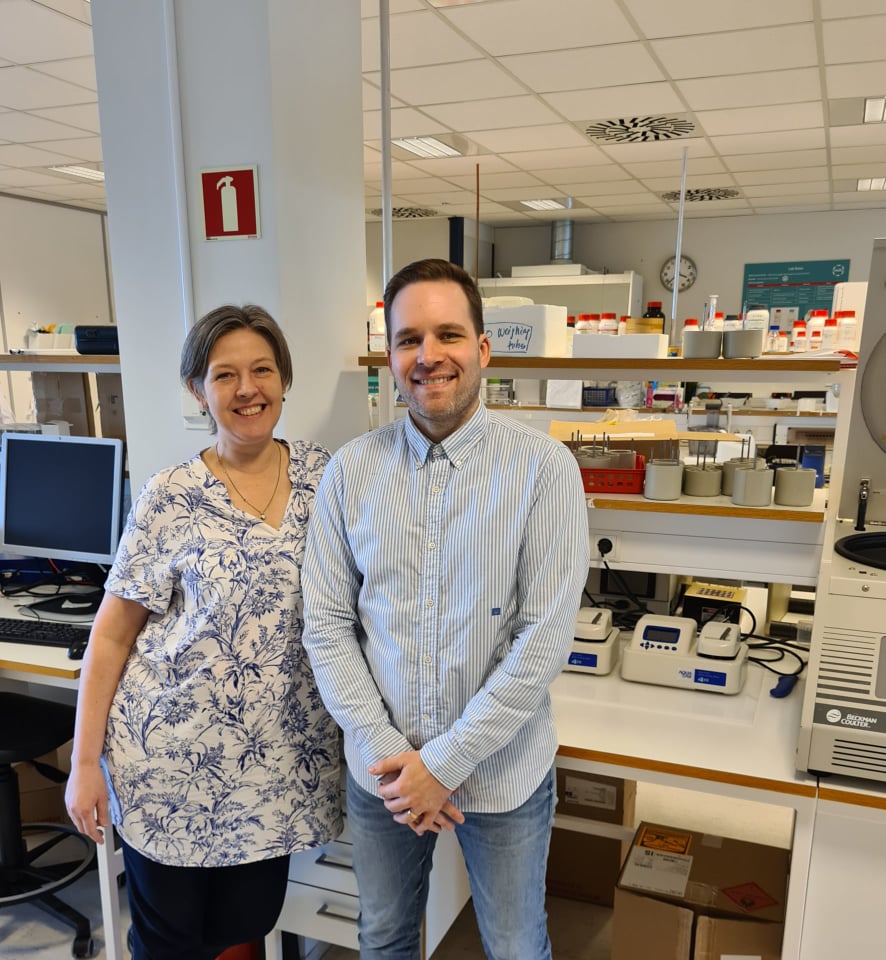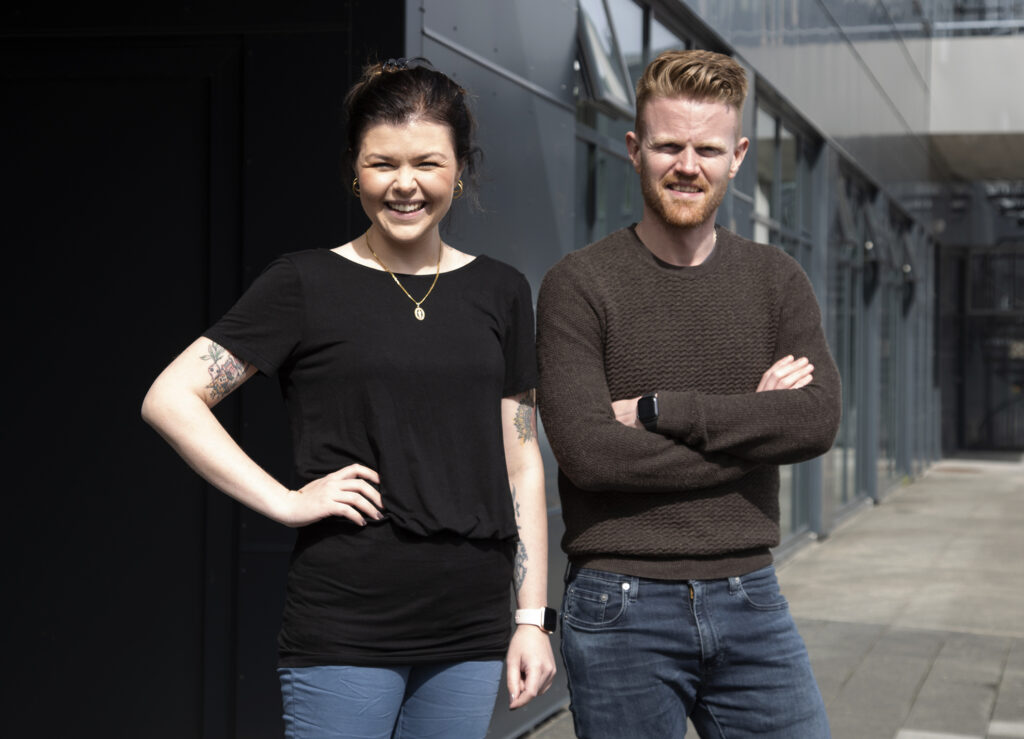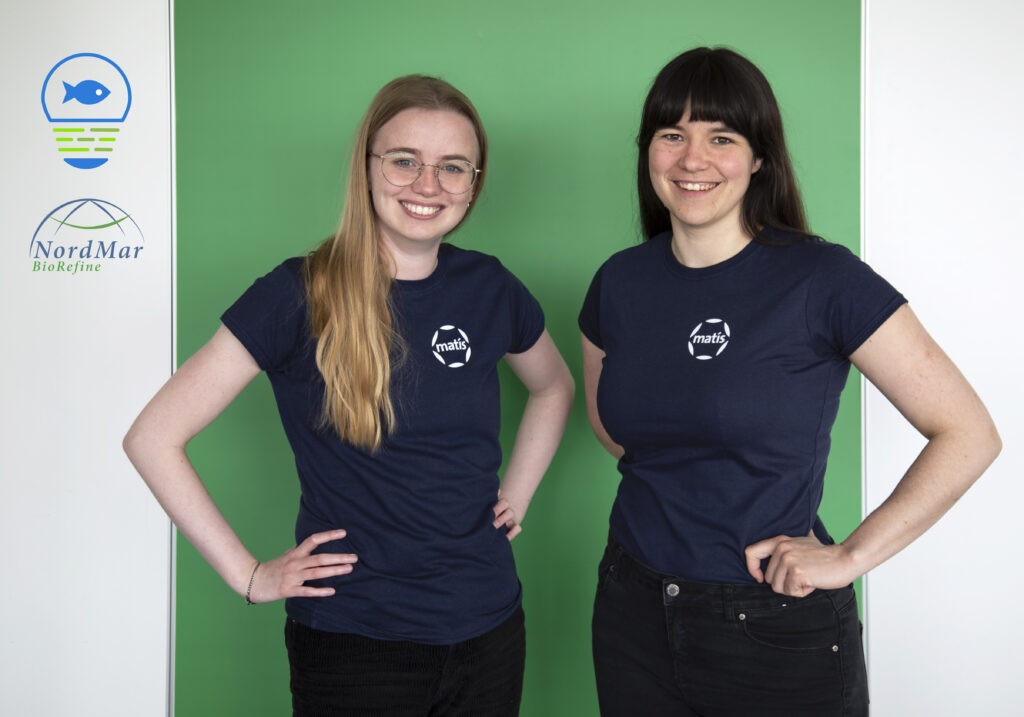Stress of salmonids in farming can be important for their welfare, growth and development, and can also affect the quality and shelf life of products. The main cause of salmon death in aquaculture is treatment against salmon lice, which can reduce the resistance of fish to infections and cold, as well as reduce growth. Salmon lice cost Nordic salmon farming around ISK 140 billion a year and are therefore a huge problem for the industry.
The main reason for the negative effect of treatment against lice is poor treatment of pumping salmon. Vacuum pumps are most commonly used, which cause stress and some shock to the fish; but during the pumping, an air space is evacuated which pulls the fish up into a tank, which is then fired into compressed air to push it to the place it is intended to go to. This is done both during lice treatment and when fish are pumped for slaughter. It can take a long time for fish to recover after treatment and start taking food again, and pre-slaughter shocks can cause stress that reduces product quality.
In light of this, pump equipment manufacturers have been looking for new ways of pumping salmonids and the Icelandic company Skaginn 3X has been developing a so-called spiral pump (Archimedes pump) as a solution to this problem. The pump has been named ValuePump. In the autumn of 2020, Matvælasjóður provided the company Skaginn 3X, together with partners, with funding to develop, build and test a prototype of ValuePump. The prototype was ready for testing in early 2022, when comparative measurements were made of ValuePump's performance and a conventional vacuum pump, which is currently used for pumping live salmon for slaughter and for handling in and around pens. The comparative measurements used DST except from Stjörna-Oddi, which recorded temperature and heart rate in fish, in addition to which the stress hormone Cortisol was measured in the blood. The comparative experiments took place in the facilities of the Marine Research Institute in Reykjanes under the direction of the institute's experts, Stjörna-Oddi and Matís.


The results of comparative experiments showed a significant difference between groups following pumping. Heart rate rose sharply during pumping, but the ValuePump group was quicker to recover and regain baseline. Pumping with a vacuum pump had a much greater long-term stress effect than experimenting with maximum stimuli where the fish crackled dry. There was also a large visual difference between the groups according to the type of pump, as fish pumped with a vacuum pump often came injured or even dead from the pump, swam sideways or upside down hours after pumping. Fish that were pumped with ValuePump, however, did not experience any visible damage during the pumping and seemed to be doing well after it.
The results of the comparative experiments must be considered very positive, as they indicate that ValuePump can significantly reduce the stress of salmonids during handling. This Icelandic innovation could therefore have a lasting effect on the welfare and profitability of salmon farming.
The participants of the project would like to thank the Food Fund for supporting the project.

The full report is available here
Further information is provided by Gunnar Þórðarson gunnar@matis.is

